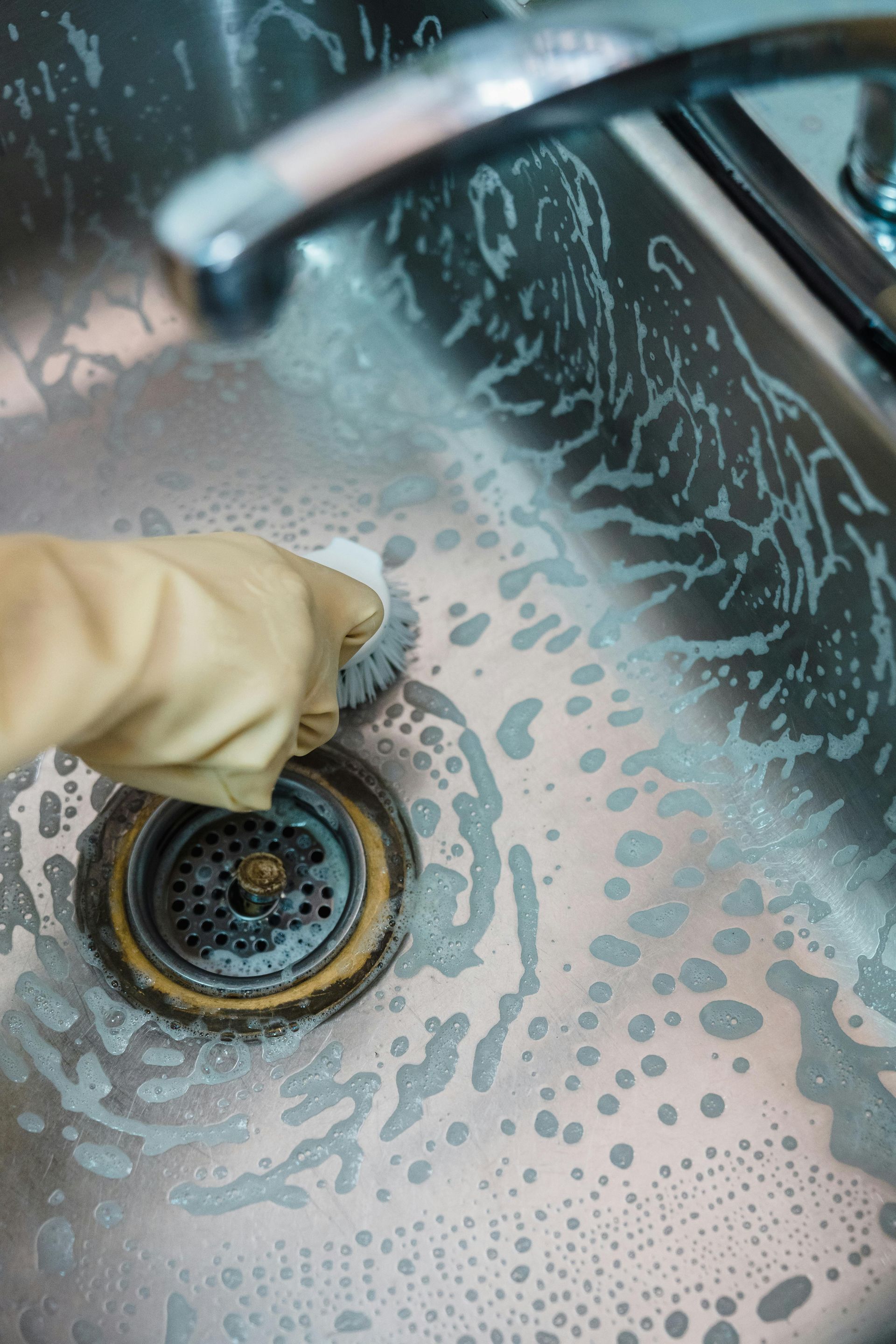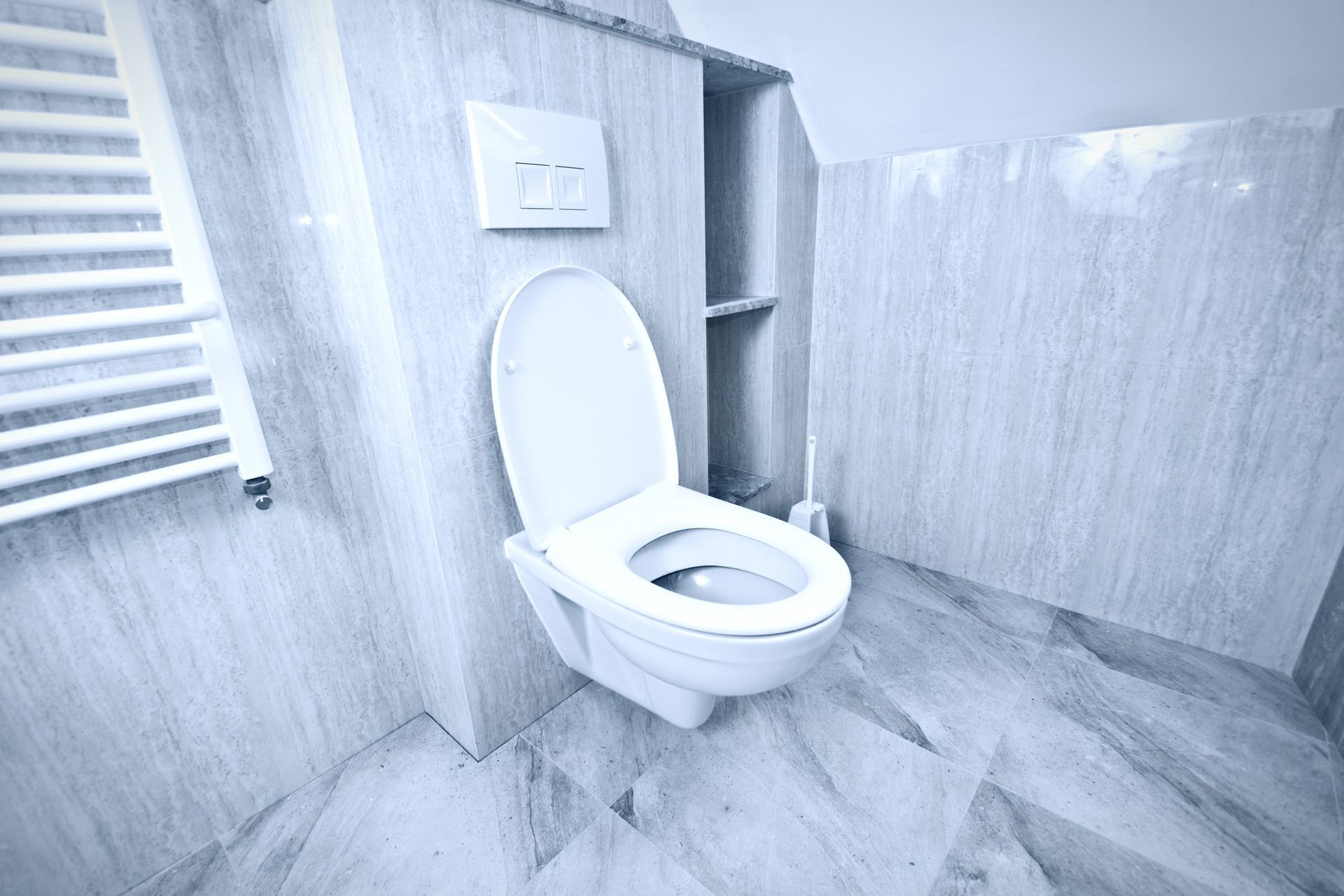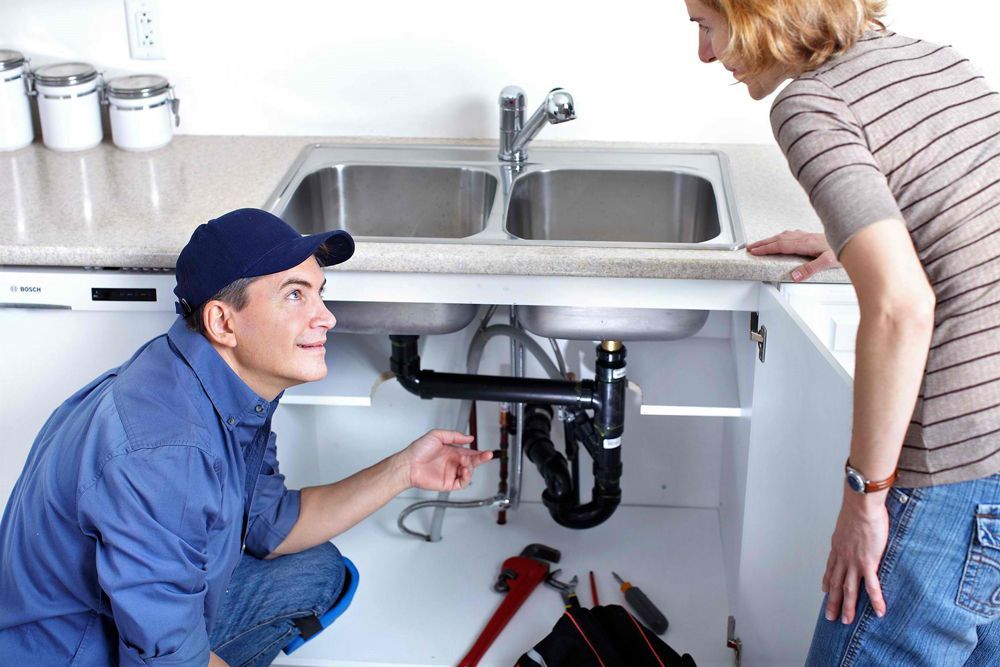How To Properly Fix a Loose Or Wobbly Toilet?
A loose or wobbly toilet is more than just an annoyance—it can lead to leaks, water damage, and even structural issues in your bathroom. Addressing this problem promptly is essential, not only for comfort and hygiene but also to prevent more costly repairs down the line. Whether you’re a homeowner who likes to tackle repairs yourself or you’re considering calling in emergency services for a quick fix, understanding the process is crucial. In this detailed guide, we’ll walk you through professional, step-by-step methods to fix a wobbly toilet, highlight related plumbing issues such as how to repair a leaky bathtub spout, and discuss when it’s wise to call trusted experts like All City Plumbers.
Diagnosing the Cause of the Wobble
Before you begin any repairs, it’s important to identify the root cause of the wobble. Common reasons include loose floor bolts, a deteriorated wax ring, uneven flooring, or a damaged toilet flange. Begin with a thorough visual inspection of the toilet base and surrounding floor. Look for signs of water damage, cracked porcelain, or movement when you gently rock the toilet. If you notice persistent leaks or instability, the issue may extend beyond simple bolt tightening and could require more extensive intervention.
Step-by-Step Guide to Fixing a Wobbly Toilet
Step 1: Shut Off Water Supply and Drain the Toilet
Start by turning off the water supply valve located behind the toilet. Flush the toilet to drain as much water as possible from the tank and bowl. Use a sponge or towel to soak up any remaining water, ensuring the area is dry before proceeding.
Step 2: Tighten the Closet Bolts
Remove the plastic caps covering the bolts at the base of the toilet. Using an adjustable wrench, gently tighten the bolts. Be careful not to overtighten, as this can crack the porcelain. If tightening the bolts resolves the wobble, replace the caps and turn the water supply back on. Test the toilet for stability and leaks by flushing several times.
Step 3: Shim the Toilet for Uneven Floors
If the toilet remains unstable, the floor beneath may be uneven. In this case, use plastic shims specifically designed for plumbing applications. Insert the shims under the toilet base where needed, pressing down to ensure the toilet sits level and firmly on the floor. Trim any excess shim material with a utility knife for a neat finish. After shimming, apply a bead of caulk around the base to seal out water and further stabilize the toilet.
Step 4: Replace the Wax Ring if Necessary
If the wobble persists or you notice water leaking from the base, the wax ring seal may be compromised. To replace it, first disconnect the water supply and remove the toilet by unscrewing the bolts and lifting it straight up. Remove the old wax ring with a putty knife and clean the area around the flange. Inspect the flange for damage; if broken, it may need repair or replacement. Place a new wax ring onto the flange or the toilet’s outlet, then carefully lower the toilet back into position, aligning it with the bolts. Press down firmly to seat the toilet and reattach the nuts, tightening them evenly for a secure fit.
Step 5: Reconnect Water Supply and Test
Reconnect the water supply line and turn the valve back on. Allow the tank to fill, then flush the toilet several times while checking for leaks around the base and water connections. If everything is stable and dry, the repair is complete.
Related Plumbing Issues and Professional Help
A wobbly toilet can sometimes be a symptom of broader plumbing issues, such as damaged subflooring, leaking pipes, or deteriorated fixtures. In some cases, you may also notice problems like a persistent leak from a nearby bathtub spout. Knowing how to repair a leaky bathtub spout can save you from future water damage and maintain the integrity of your bathroom plumbing.
If you encounter complications during your repair—such as a broken flange, significant water damage, or persistent leaks—it’s wise to call in emergency services for prompt, professional assistance. All City Plumbers are equipped to handle complex repairs, from stabilizing toilets to resolving hidden leaks and restoring your bathroom’s plumbing to optimal condition.
Preventive Maintenance and Final Checks
Once your toilet is secure, perform regular checks to ensure bolts remain tight and there are no signs of leaks or instability. Inspect the caulk seal periodically and replace it if it begins to crack or peel. Preventive maintenance not only extends the life of your toilet but also helps you identify potential plumbing issues before they escalate.
Conclusion
Fixing a loose or wobbly toilet is a manageable task with the right approach and tools. By diagnosing the cause, tightening bolts, using shims for uneven floors, and replacing the wax ring when necessary, you can restore stability and prevent costly water damage. Remember, if you encounter complex issues or need immediate help, emergency services from reputable professionals like All City Plumbers are just a call away. And as you address one repair, such as stabilizing your toilet, keep an eye out for other common bathroom issues—like the need to repair a leaky bathtub spout—to ensure your entire plumbing system remains in top shape.











